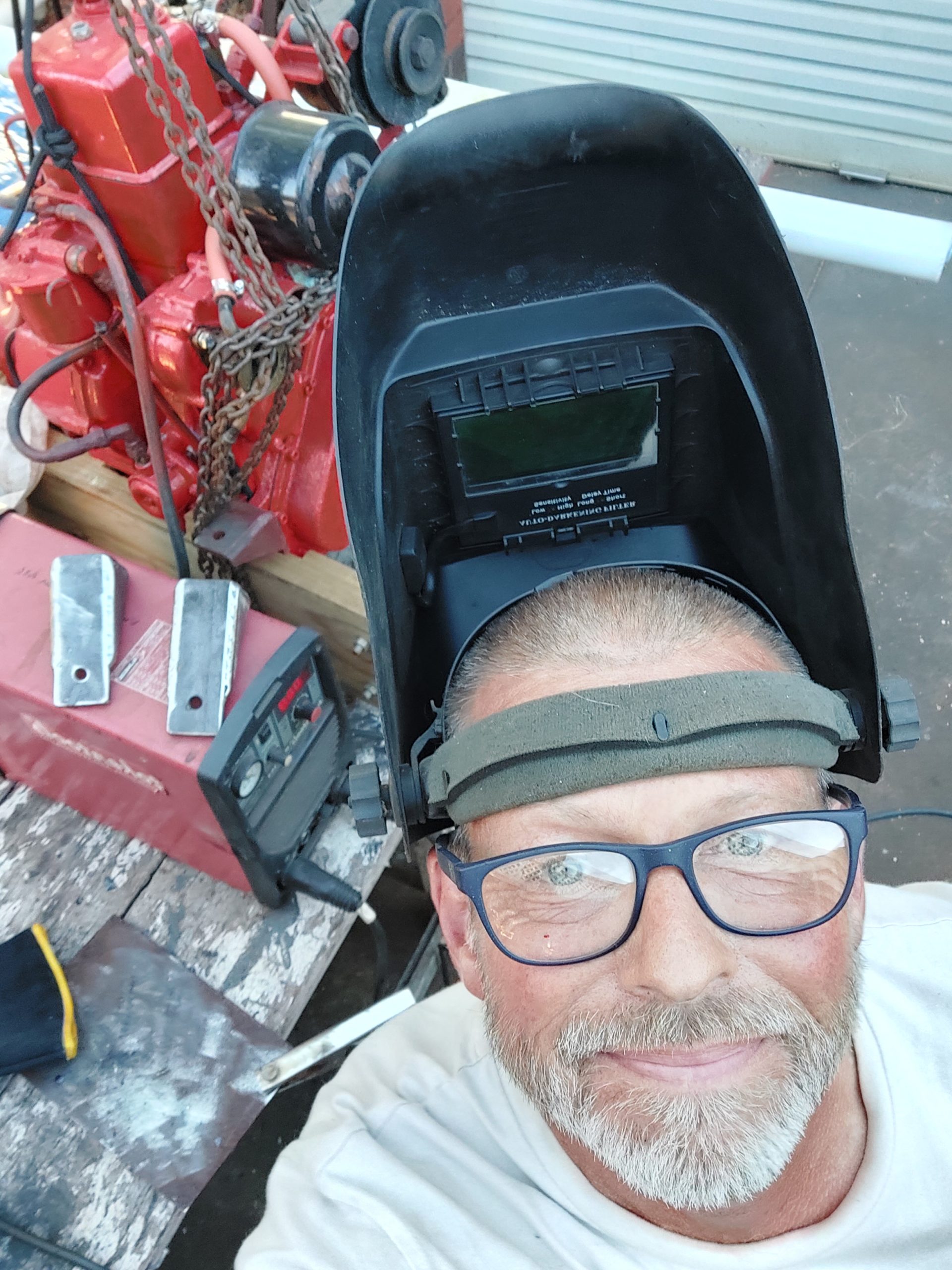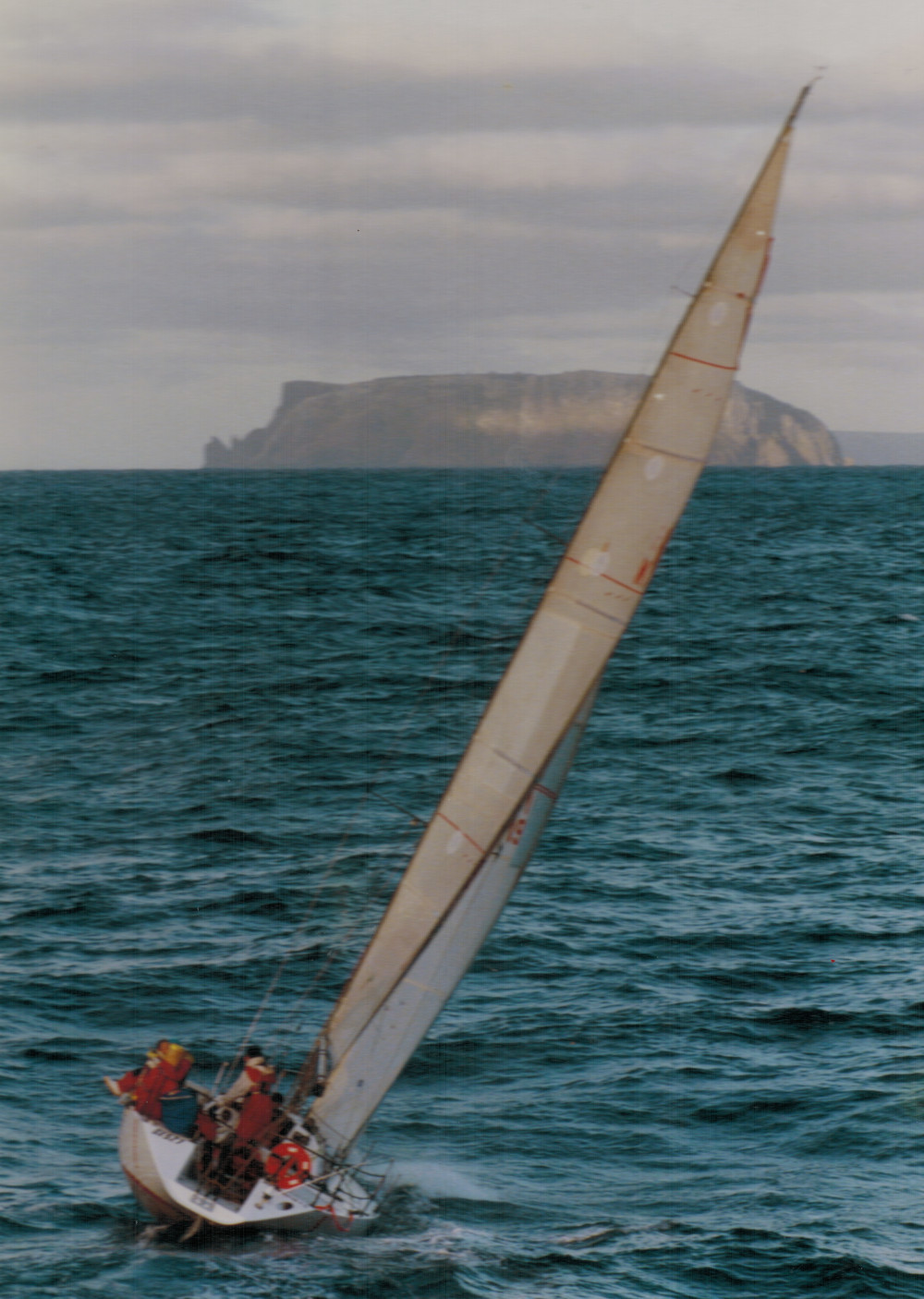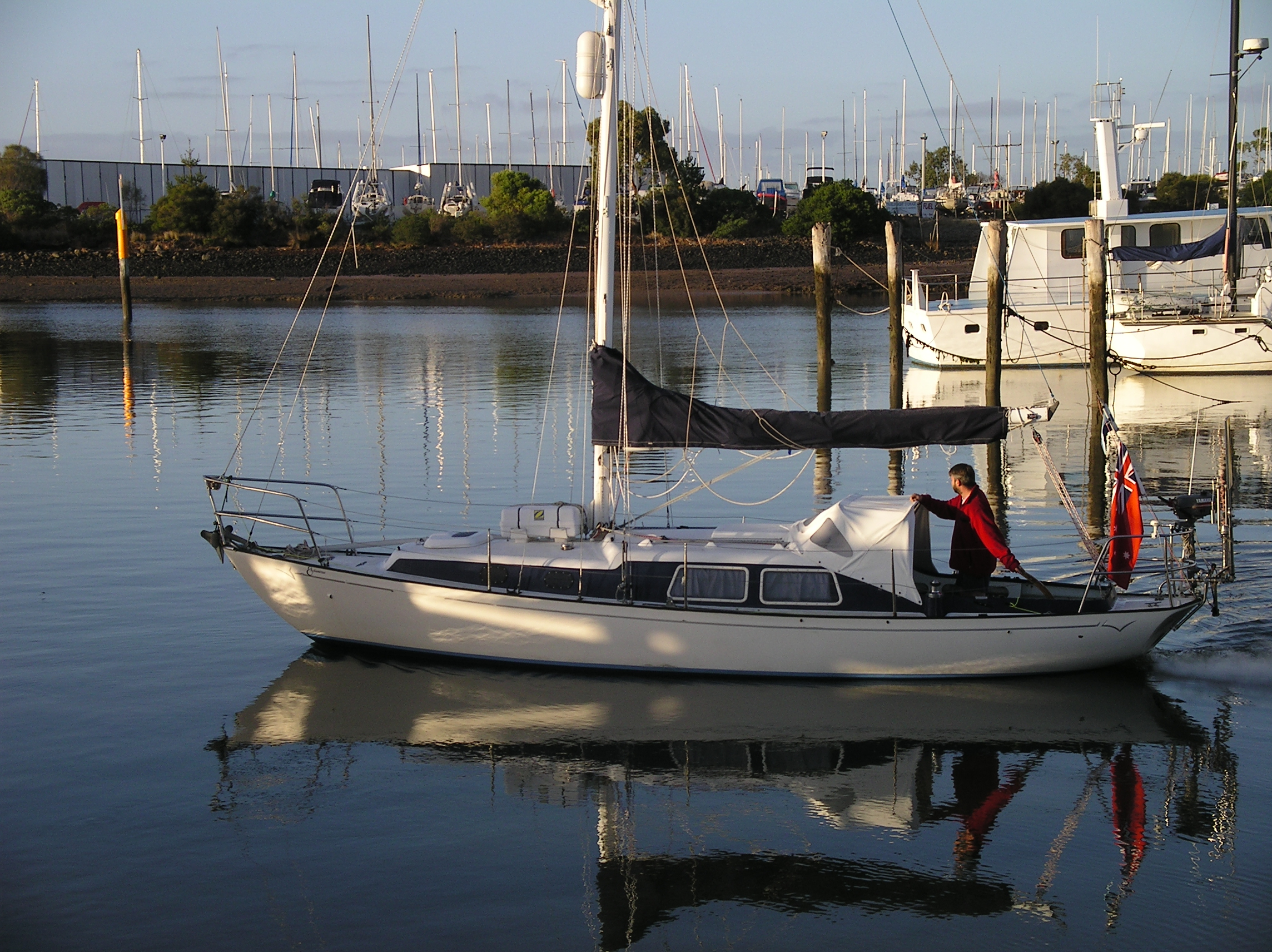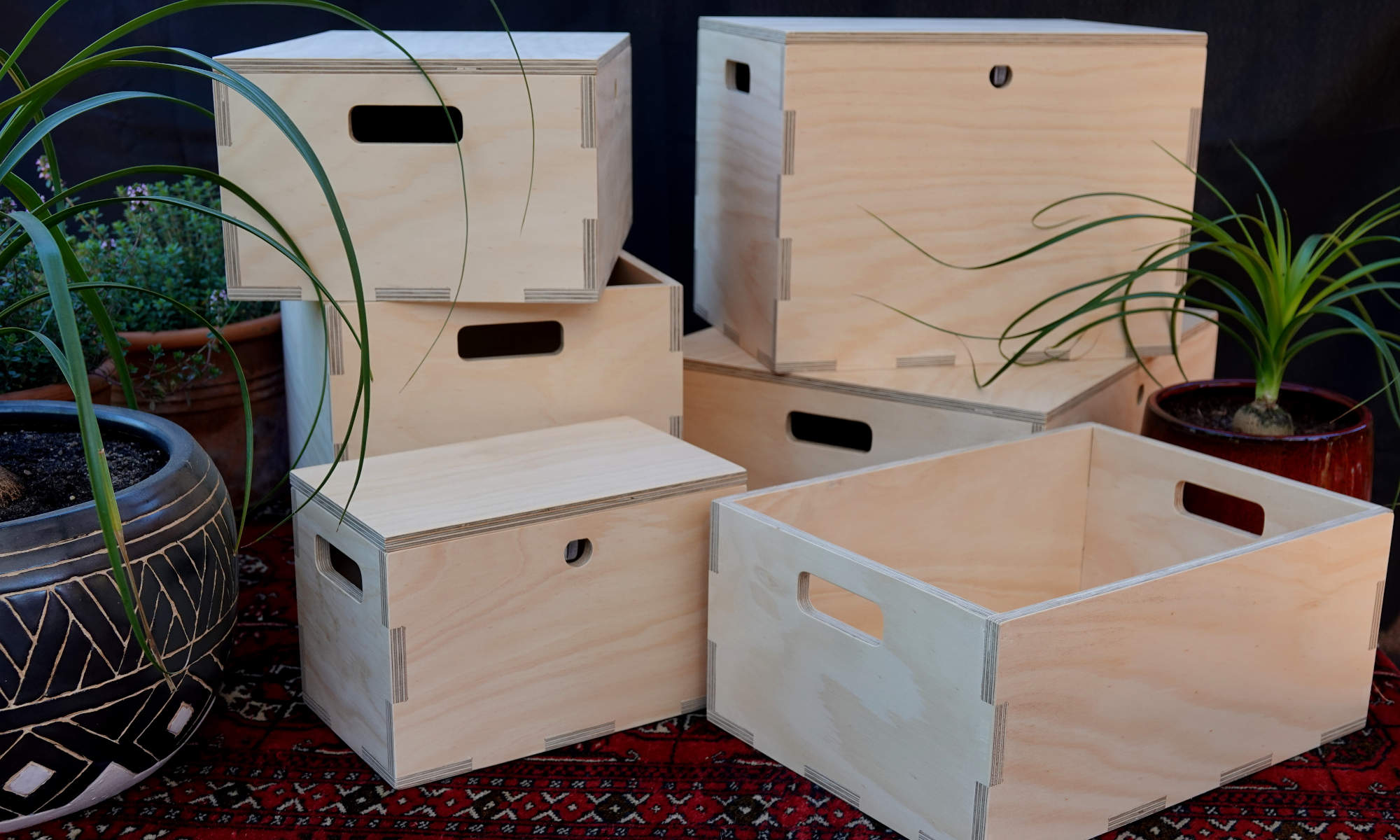BoxHeads.net – The Story
Hi my name is Ash, a.k.a. BoxHead, maker of beautiful boxes.
Wikipedia defines Maker culture as a technology extension of the traditional arts and craft movement. Makers typically utilise existing high tech in new and innovative ways. Diverse skills such as metalworking, woodworking and robotics are acquired and then applied.
Until now my life has been one of movement.
My passion for the ocean has been satisfied through many thousands of sailing miles both racing and cruising including the notorious 1998 Sydney to Hobart. The brooding beauty of Bass Strait, it’s islands and nature have left a permanent imprint upon me.
From vessels to vehicles. I have spent 30 years in the road transport industry. From operating the largest of trucks, 50 metres long and 110 tonnes; to supervision and management. A move into systems and procedures allowed me to help optimise a large logistics network on a national scale. Not very different to navigating a sailing boat in an ocean race!
After sailing around Australia, I ran aground in Perth, WA. There was purpose in the move ashore. The Maker ‘itch’ needed to be scratched. I spent two years building a full size CNC router. The skills of programing and using the robot were also learned.
We live in a world where sustainability is no longer optional. I intend BoxHeads to have the smallest footprint possible. By using wood as the primary material BoxHeads is carbon negative.







BoxHeads.net – The Process
The classic ‘box joint’ method of construction is utilised where possible. The method causes items to align squarely during assembly as well as providing greater surface contact for adhesives. This means no mechanical fasteners are required.
The task of drawing items in CAD by hand takes a long time. I have written a program to automate the task. The entry of size, joint pitch etc produces a CAD file that can include features such as handles. All parameters are configurable including many features that simplify the subsequent machining tasks.
Items of high quality require each step of the process to be defined in detail.
Selection of suitable, sustainably sourced plantation plywood is critical. In particular, I love using Queensland grown Hoop Pine.
Often proprietary methods need to be developed. The pitch of a box joint will change given an item’s dimensions. This means clamps used on one item may not be suitable for another. ‘BoxJaw’ is a clamping system that has been developed in-house. BoxJaw allows for each joint on all planes to be securely clamped at the same time. There are two versions of the system. BoxJaw 2.2 can be reconfigured into any joint pitch and is mainly used for low volume work. BoxJaw 3.0 is made specifically for an item. It’s components can be drawn and machined with the item itself. BoxJaw 3.0 is typically used for high volume work. Both types of clamps can be reused on many items.
The finishing of box joints can be challenging. A hand router with a modified base plate is often used. Large linisher sanders and random orbital sanders down to 240 grit obtain a surface ready for coating.
Depending on the predicted severity of an item’s use, sometimes an epoxy fillet is applied to inside corners. This is a boatbuilding technique I learned whilst sailing. Where used, the wood should fail before the joint does, ensuring added safety for the user.
As a natural product, wood, if not cared for correctly will break down and decompose. BoxHeads.net offer a range of coatings to help prevent this. The most simple and natural is linseed oil. Where an item will spend time in direct sunlight and the weather more generally a water based acrylic polyurethane is recommended.
